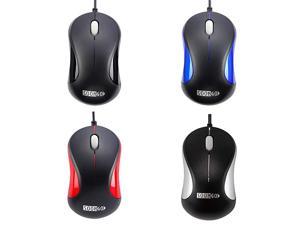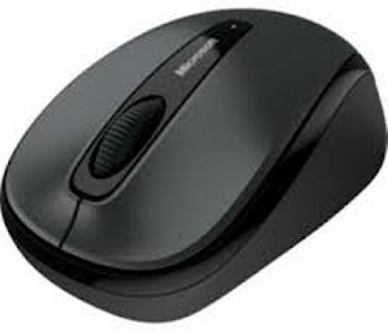
- #Microsoft usb mouse for mac how to#
- #Microsoft usb mouse for mac for mac os#
- #Microsoft usb mouse for mac drivers#
- #Microsoft usb mouse for mac upgrade#
- #Microsoft usb mouse for mac windows 10#
#Microsoft usb mouse for mac how to#
Movement isn’t natural, and I find myself thinking more on how to move my mouse vs.
#Microsoft usb mouse for mac drivers#
I’ve tried using the mouse’s drivers only without the aid of SteerMouse or USB Overdrive, but it simply isn’t the same. If you’re fortunate enough to have purchased a mouse with Mac friendly drivers, then you get even more versatility for sensitivity tweaking. That way, you’ll be able to have the most effective range for increasing or decreasing sensitivity.Ībove, you can see the sensitivity levels being neutralized on the Razer DeathAdder mouse. Personally, I’d recommend centralizing or neutralizing the mouse’s “on-the-fly” sensitivity level before tweaking the settings on SteerMouse or USB Overdrive. Using SteerMouse or USB Overdrive with Gaming MiceĪlmost all of the modern gaming mice have the ability to change sensitivity “on-the-fly”, which, without a doubt, is essential for getting headshots and so forth.

I’d highly recommend installing both and try them out with your mouse – one at a time of course. Personally, I use SteerMouse because it I feel like it works better – the magic word is “feel”, as everyone has different preferences in terms of sensitivity. Similar to the process with SteerMouse, test your mouse movement and adjust the “Speed” and possibly the “Acceleration” if necessary.
#Microsoft usb mouse for mac for mac os#
How to Fix the Mouse Acceleration Issue for Mac OS To add insult to injury, some of the companies who manufacture these mice are, to put it politely, rather lacking in terms of support drivers for Mac OS. Mac OS’s Mouse Acceleration IssueĪ few Google searches will tell you that Mac OS has an issue with mouse acceleration with high DPI mice, AKA “gaming mice”. Is it the mouse? No, it’s Mac OS.Īfter feeling extremely frustrated that my newly purchased mouse (it was a Logitech G500 by the way) was reluctant to work with my Mac, I turned to Google for some answers (using the trackpad of course). With the new mouse, very single movement is a pain, it takes at least 5 clicks to open Safari, and you’ve already restarted about 10 times. The very second you’ve plugged your optical or laser weapon (laser sounds cooler) into your Mac OS powered machine, you might have noticed something almost immediately – something isn’t right. If you have, than you and I might have experienced the same thing.
#Microsoft usb mouse for mac upgrade#
You may find that USB devices that match the allowed device classes are incorrectly blocked.Did you recently upgrade from your 4+ year old Microsoft “Miscellaneous” or Logitech “Whatever” mouse for something advertised as the “weapon of choice” for gamers? I did. In the following example, the iPad is blocked because its device ID isn't in the allowed device ID list. If a USB device is not allowed to be installed, you see the following message:
#Microsoft usb mouse for mac windows 10#
When you select Create, your changes are saved and the profile is assigned.Īfter the device configuration profile is deployed to the targeted Windows 10 devices, verify that it works correctly. In Review + create, review your settings. In Assignments, select the device groups that will receive the profile, and then select Next. Look up the device vendor ID or product ID for devices that you want to allow, and then add the IDs to the list. Select Allow installation of devices that match any of these Device IDs, and then select Enabled. In the following example, Keyboard, Mouse, and Multimedia classes are allowed. Add the GUID of device classes that you want to allow. Select Allow installation of devices using drivers that match these device setup classes, and then select Enabled.

Select Prevent installation of devices not described by other policy settings, and then select Enabled. In Configuration settings, configure the following settings: Enter a description for the profile in Description (this setting is optional). In Basics, enter a descriptive name for the profile in Name. Select Windows 10 and later in Platform, select Administrative Templates in Profile, then select Create. Select Devices > Configuration profiles > Create profile. Sign in to the Microsoft Endpoint Manager admin center. This article describes how to configure such controls using the Intune Administrative Templates. Or, you may want to allow USB devices by device IDs. To prevent malware infections or data loss in your organization, you may want to block certain kinds of USB devices, such as a USB flash drive or camera, and allow other kinds of USB devices, such as a keyboard or mouse. Restrict USB devices by using Intune Administrative Templates


 0 kommentar(er)
0 kommentar(er)
